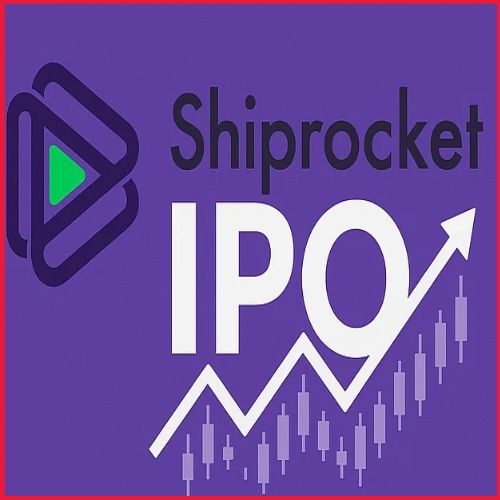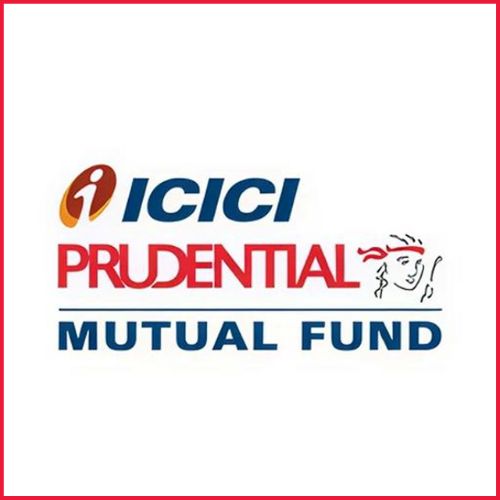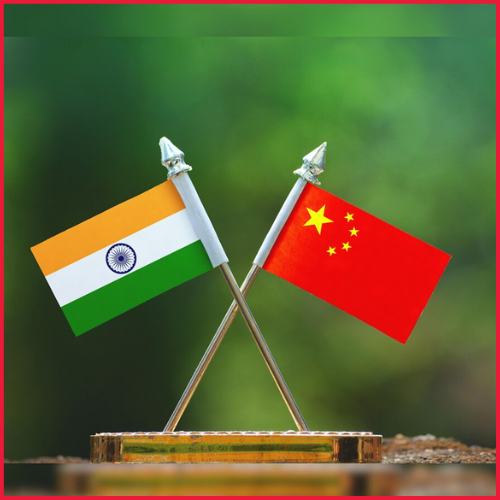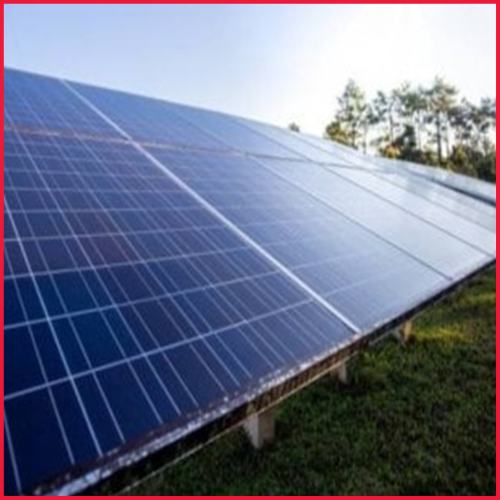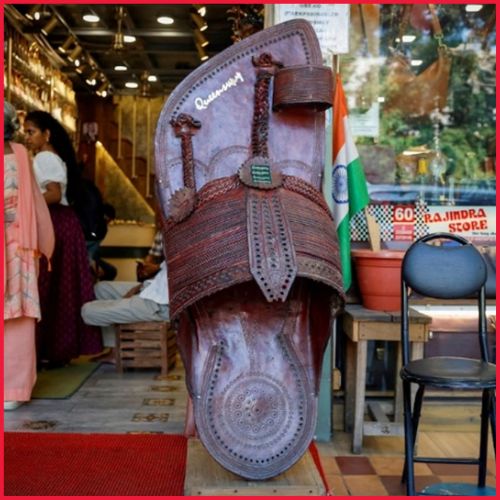After the proposed acquisition is approved, food delivery service Zomato intends to begin integrating Blinkit on various levels, top executives stated in a conference call on Saturday. The business claimed that macroeconomic factors were to blame for the reduction in Blinkit’s valuation.
On Friday, the board of Zomato approved its all-stock acquisition of fast-growing startup Blinkit for 4,447 crore ($570 million).
When the deal closes, customers and delivery fleet integration will take precedence, Zomato executives said during the analyst and shareholder call. Blinkit may be transferred to the Zomato app, according to Zomato.
According to Zomato CFO Akshant Goyal, “We will experiment with various methods of integrating the two customer bases or, rather, making sure that we are able to leverage Zomato’s customer base for the growth of Blinkit business.” “We’ll test these features after the transaction is complete, and if it makes sense to actually have both brands on the same app, why not? We therefore have a variety of ideas in our heads, and we’ll experiment to see what eventually works.” A significant portion of “synergy realization” will involve cross-selling to Zomato’s food delivery customers, according to him.
“After the deal closes, we’ll start experimenting with different ideas we have to see which ones work, like adding a Blinkit tab to the Zomato app, “Deepinder Goyal, the CEO and founder of Zomato, addressed shareholders in a letter on Friday.
“As they say, try lots of different things and keep what works. This still serves as our guiding principle, he had said.
Following a $120 million funding round from Zomato and New York-based investment firm Tiger Global, Blinkit had become a unicorn—a privately held company with a valuation of $1 billion or more—last year. Before the food delivery service was listed on Indian exchanges last year, Zomato invested $100 million in Blinkit when it was still known as Grofers.
“If you compare the size of the business (Blinkit) today, it is pretty similar to the size of the business last year,” said Zomato CFO Akshant Goyal, despite the fact that the format and growth prospects were different at the time. “The discount you’re seeing is essentially in our minds adjusting for the new reality that we all currently live in, where the valuations have corrected for all growing businesses,” the author says.
Ad income
Zomato anticipates that Blinkit will have a larger target audience and more potential for generating advertising revenue than its food delivery service. Although the target audiences of Zomato and Blinkit overlap, older users who do not yet use the food delivery service use Blinkit, according to CFO Goyal.
“I believe that the user bases will have a significant amount of overlap, but there will also be a new demographic or user base that will be a customer or a user of quick commerce, which may not be the case with food delivery,” he said.
“I believe that the user bases will have a significant amount of overlap, but there will also be a new demographic or user base that will be a customer or a user of quick commerce, which may not be the case with food delivery,” he said.
Given the significantly higher digital ad spend budgets of consumer packaged goods and brands, CEO Goyal had stated in his letter that he would argue that quick commerce’s ad sales revenue would be higher than food delivery.
Albinder Dhindsa, CEO of Blinkit, stated during the conference call that the overall grocery segment, including fresh foods, accounted for 70% of total sales. From 7.5 percent in January to 14.5 percent in May 2022, the company has increased its “take” rates. The commission a marketplace charges for a transaction made on its platform is known as the take rate.
Because some areas started setting thresholds beyond which the volume allowed us to charge commissions, we have been able to raise those rates, according to Dhindsa. “Additionally, we observed an increase in advertising revenue and customer-paid delivery fees. The metric value increased as a result of all three of these additional factors.”
60 percent of the customers from the value-focused segment of its previous model have been kept by the company.
Most of the user drops we experience over there come from regions where we lost access after restricting our service to 10-minute delivery, he claimed.
Due to lack of traction and other problems, it has since reduced these from more than 450 dark stores devoted to order fulfillment to just 400. Of these, 200 are engaged in joint operations with regional vendors. It intends to improve business at these dark stores by concentrating for the time being on the 15 cities it is in. According to the business, in Gurugram, Blinkit’s gross order value (GOV) already accounts for about 63 percent of Zomato’s GOV for food delivery.
The Blinkit acquisition is anticipated to significantly strengthen Zomato’s position in the ultra-rapid grocery delivery market. Zomato has been bullish on quick commerce. Other well-funded startups in the space include Zepto, Reliance NSE 1.01 percent Retail-backed Dunzo, and Tata-owned BigBasket. Rival Swiggy has set aside at least $700 million for its quick commerce business under Instamart.








